Employees of the Precision Engineering Laboratory visited the SPIE Microtechnologies conference held from April 24th till April 26th in Grenoble, France. The SPIE Microtechnologies is the premier European meeting for the latest research in microtechnologies, from bio-engineered and bio-inspired systems to developments in photonic materials, devices, and applications. It’s an international conference visited by the scientists and engineers from all over the world. The main science fields are: Smart Sensors, Actuators, and MEMS VI, VLSI Circuits and Systems VI, Bio-MEMS and Medical Microdevices, Nanotechnology VI and Integrated Photonics: Materials, Devices, and Applications II. In the first theme our team presented a poster entitled ‘Load optimised piezoelectric generator for powering battery-less TPMS’, which can be read here, and which poster can be seen here.

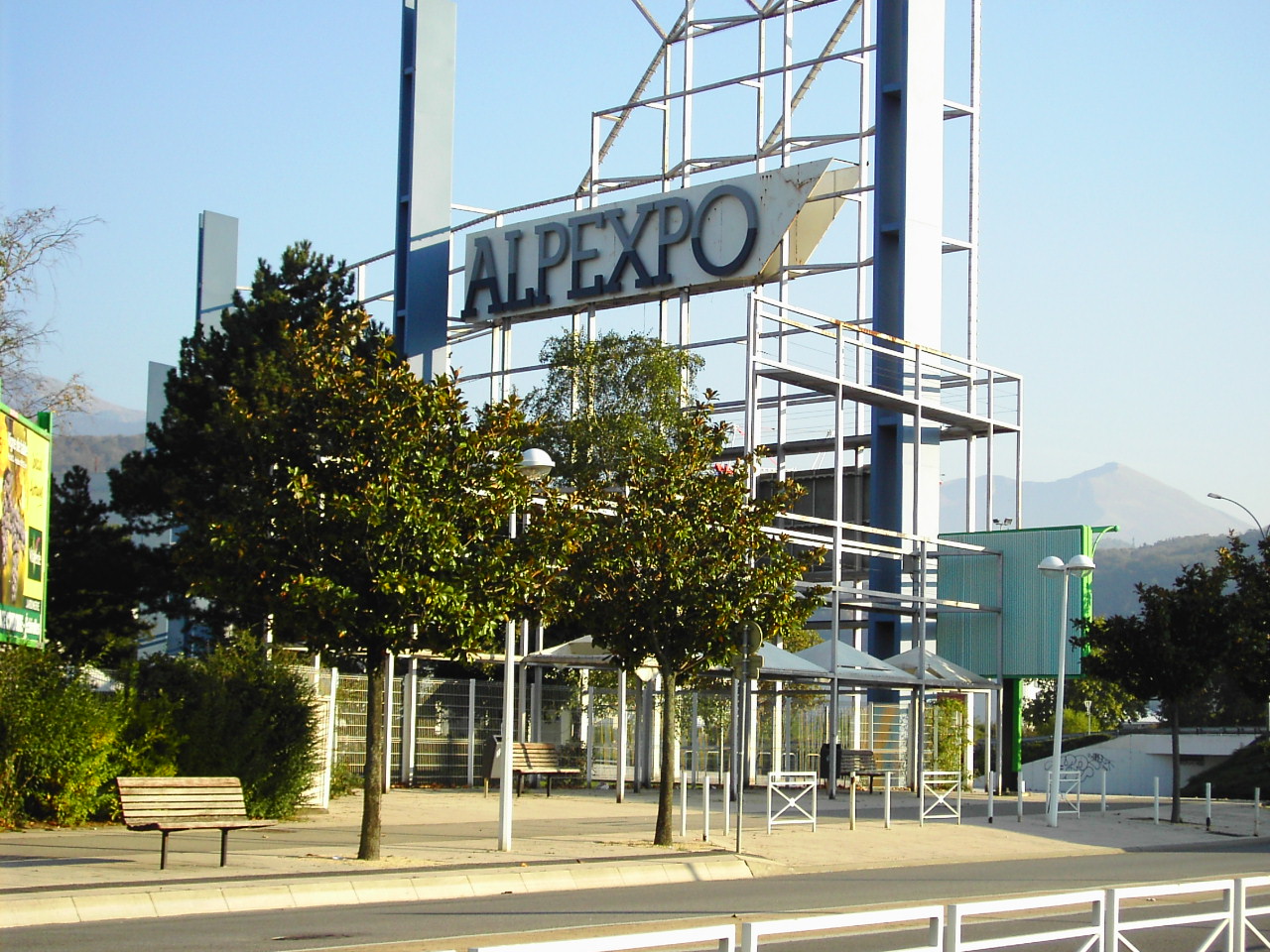
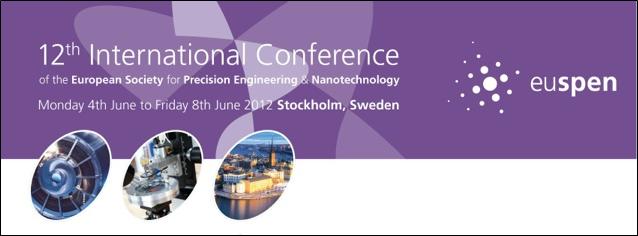

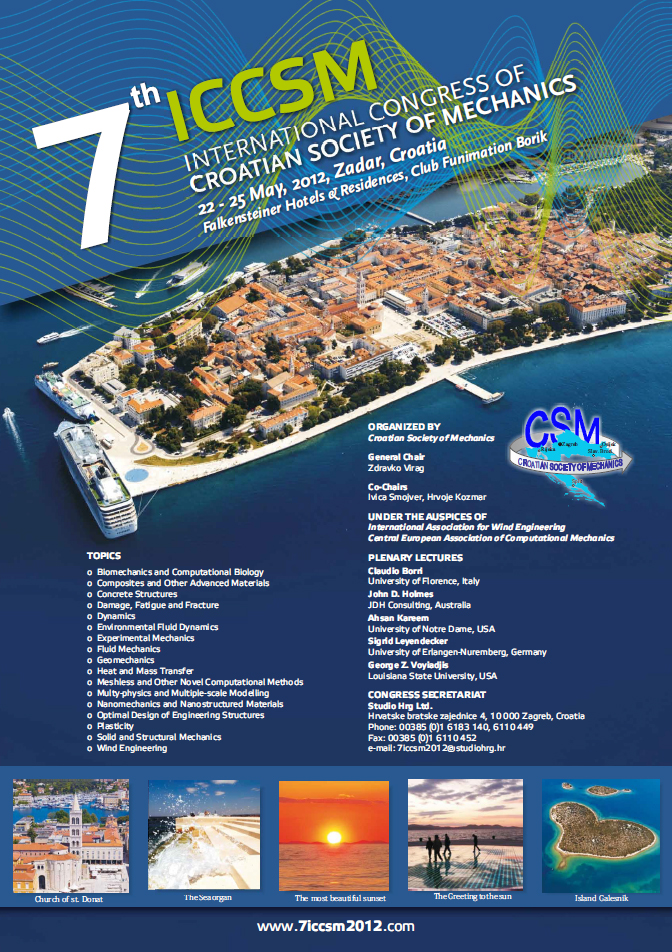
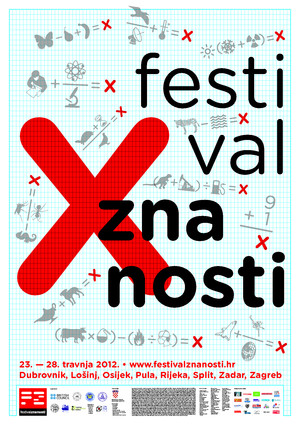 At the 10th Festival of Science in the City Hall of Rijeka on the April 27th a lecture titled “10 batteries less for a cleaner environment and safe driving” was presented by David Blažević & Ervin Kamenar.
At the 10th Festival of Science in the City Hall of Rijeka on the April 27th a lecture titled “10 batteries less for a cleaner environment and safe driving” was presented by David Blažević & Ervin Kamenar.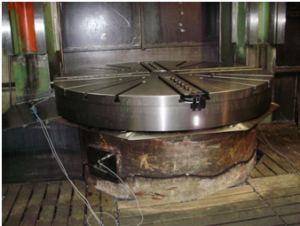 In collaboration with the Department of Engineering Mechanics, Machine Dynamics Laboratory, vibration analysis of a CNC vertical machine (Karusel) “Mario Carnaghi” TG20/2500 was conducted. Measurements and analysis were performed in February 2012. for “ULJANIK Strojogradnja”, a subsidiary of ‘Uljanik’ shipyard, Pula, Croatia. Final report concerning the vibration problems within the machine was concluded in March 2012. We wish to thank Prof. Žigulić and Prof. Braut for sharing their insights and expert knowledge, and for cooperation with the Precision Engineering Laboratory.
In collaboration with the Department of Engineering Mechanics, Machine Dynamics Laboratory, vibration analysis of a CNC vertical machine (Karusel) “Mario Carnaghi” TG20/2500 was conducted. Measurements and analysis were performed in February 2012. for “ULJANIK Strojogradnja”, a subsidiary of ‘Uljanik’ shipyard, Pula, Croatia. Final report concerning the vibration problems within the machine was concluded in March 2012. We wish to thank Prof. Žigulić and Prof. Braut for sharing their insights and expert knowledge, and for cooperation with the Precision Engineering Laboratory.
